Have you ever watched a sumo match at the Ryogoku Kokugikan? The Kokugikan is the competitive stage for sumo, a martial art that has been transmitted from ancient times as a ritual of Japan. Despite being Japan’s national sport, deeply related to the country’s history, this was the first time Noripy had ever seen a live sumo match. When the exploration team entered the Kokugikan together, surprisingly, they discovered many spectators from overseas.
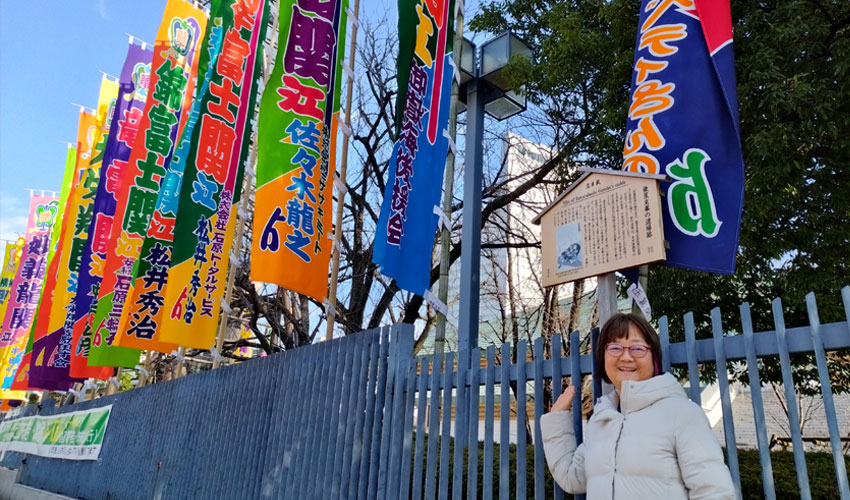
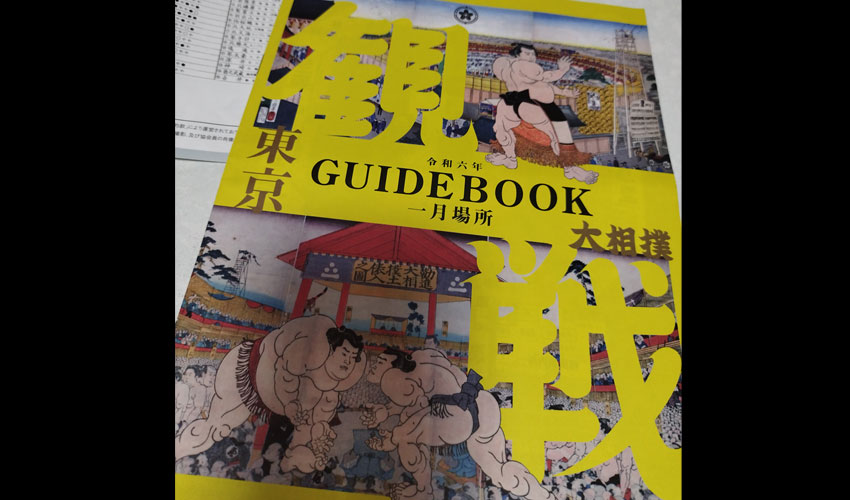
Banners in Front of Kokugikan
Grand Sumo Tournaments are held six times a year, but the ones taking place at the Ryogoku Kokugikan in Tokyo are the New Year Tournament (January), the Summer Tournament (May), and the Autumn Tournament (September), making three times a year.
The colorful banners fluttering in front of the Kokugikan heighten the anticipation for the grand sumo tournaments. The spectator guide received at the entrance shows information about the wrestlers, among other things, and utilizing this can double the fun.
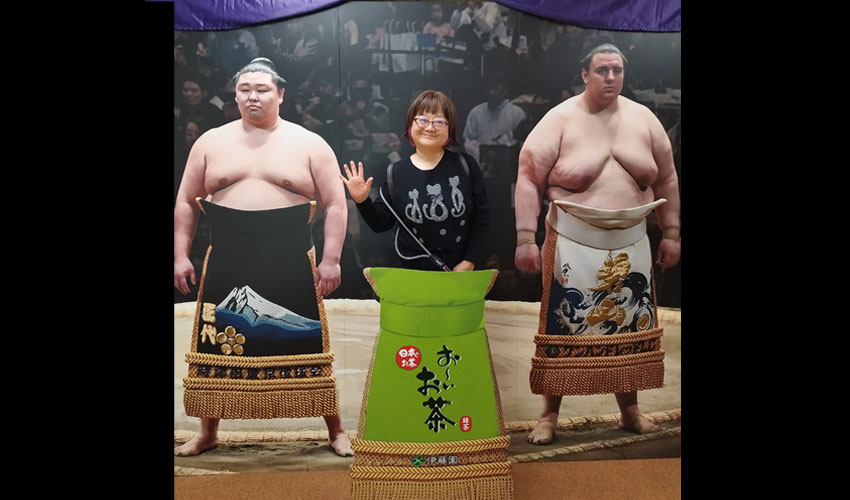
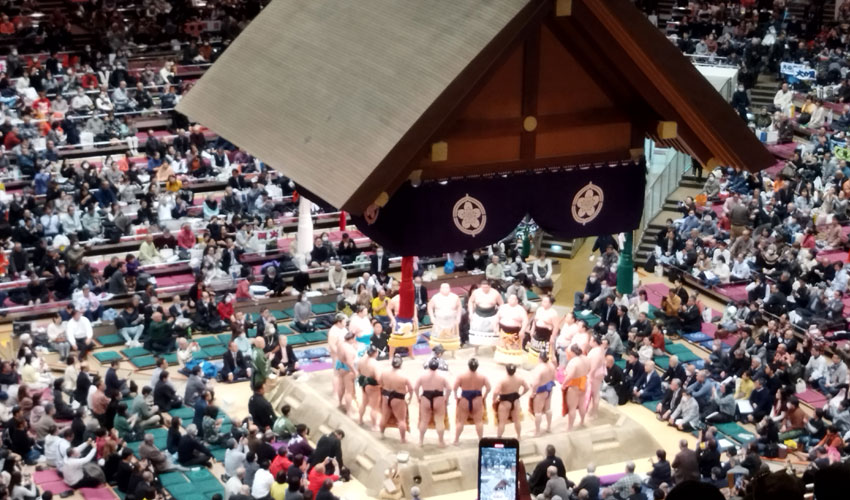
Sekitori
Sumo wrestlers are ranked according to their strength. Those who are ranked Juryo or above are called ‘Sekitori.’ The scene where Sekitori enter the ring wearing their colorful mawashi (sumo belt) is also a highlight.
Noripy also dressed up as a Sekitori for a photo shoot?!
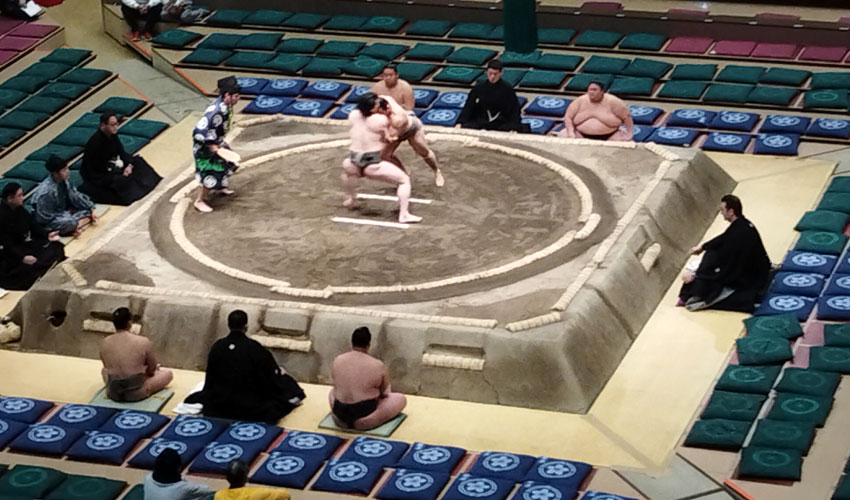
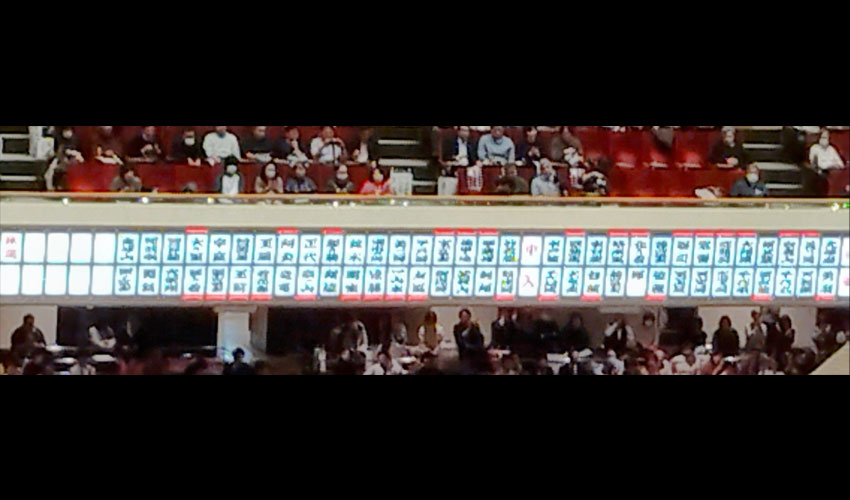
Sumo and Dohyo
Sumo matches are held on a ring(Dohyo), which is created by piling up soil. The match schedule is displayed on an electronic bulletin board inside the venue.
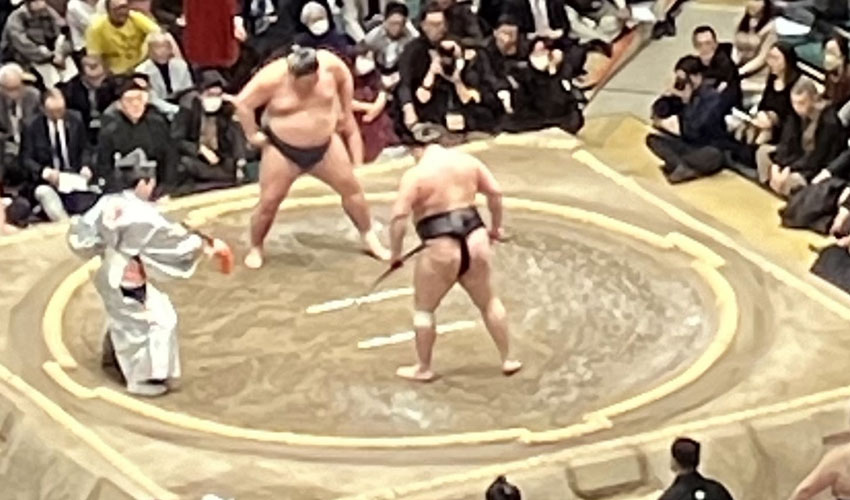
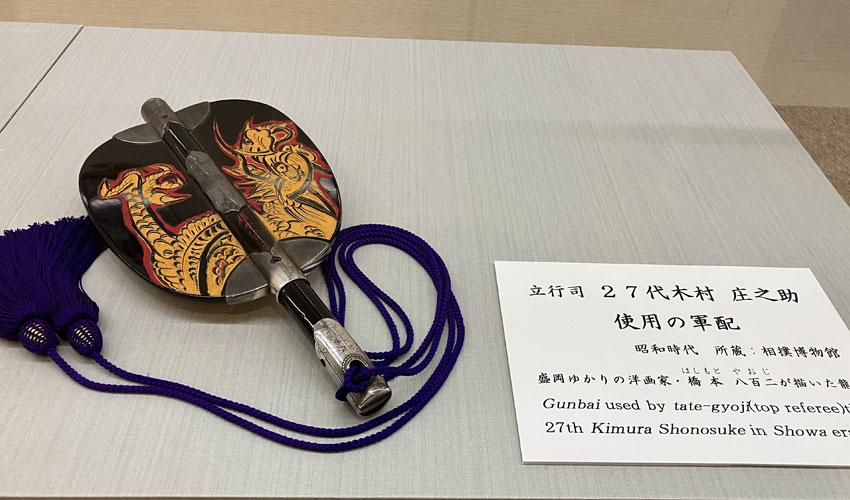
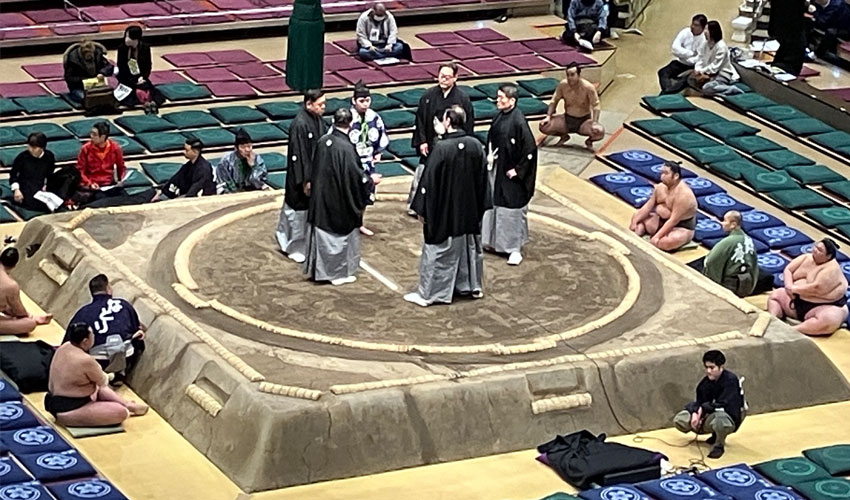
Gyoji (Sumo Referee)
The two competing Sekitori lose if they step out of the ring or if any part of their body other than the soles of their feet touches the ground inside the ring. The chief sumo referee, who oversees the progress of the match, is responsible for determining the winner. When the referee’s decision is close, a ‘mono-ii’ (conference) is called. As a martial art, in cases where the judgment is difficult, multiple judges will convene to discuss the decision anew.
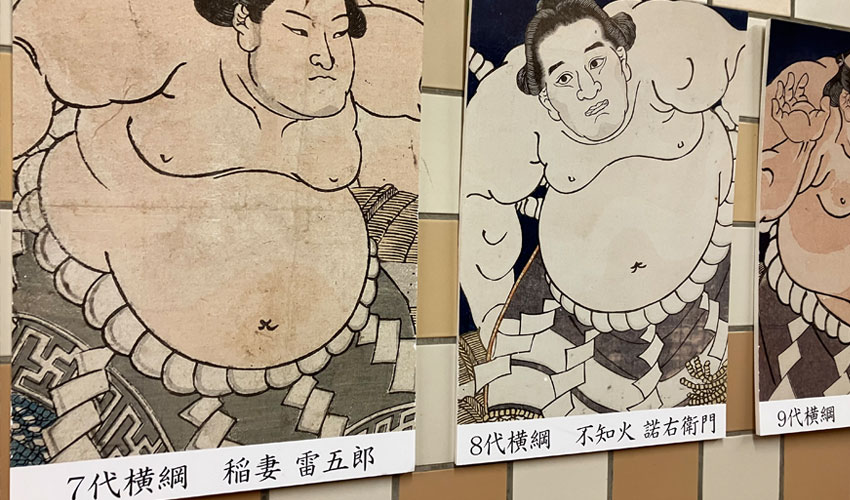
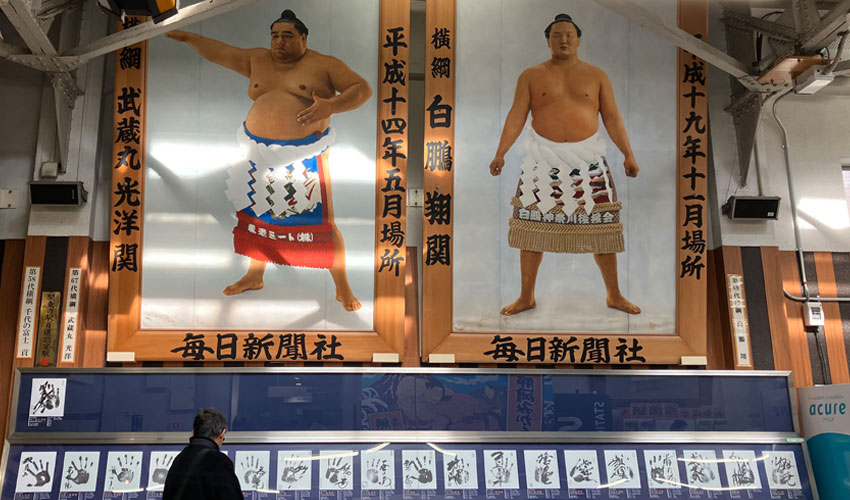
Sumo Museum
Sumo, with a history of 1,400 years. Inside this national sumo arena, there is a Sumo Museum that you can enter for free. Moreover, through exhibitions on the walls, you can learn about many things about sumo, including past Yokozuna (grand champions) and the history of sumo.
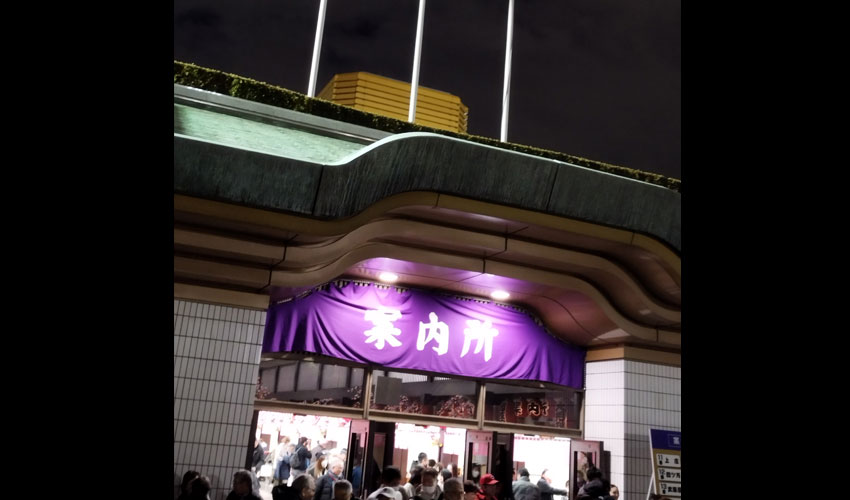
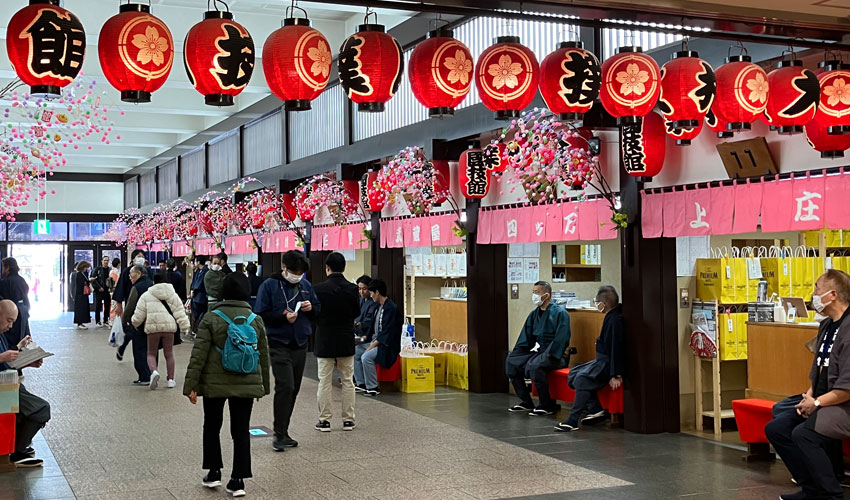
Kokugikan’s Hospitality Booth
The system of “Annaisho”, Kokugikan’s Hospitality Booth, provides the service that is comprehensive and thorough from ticket admission to arranging meals and souvenirs. Someday, Noripy dreams of being guided by the staff at this Hospitality Booth and enjoying sumo wrestling from the special box seats.
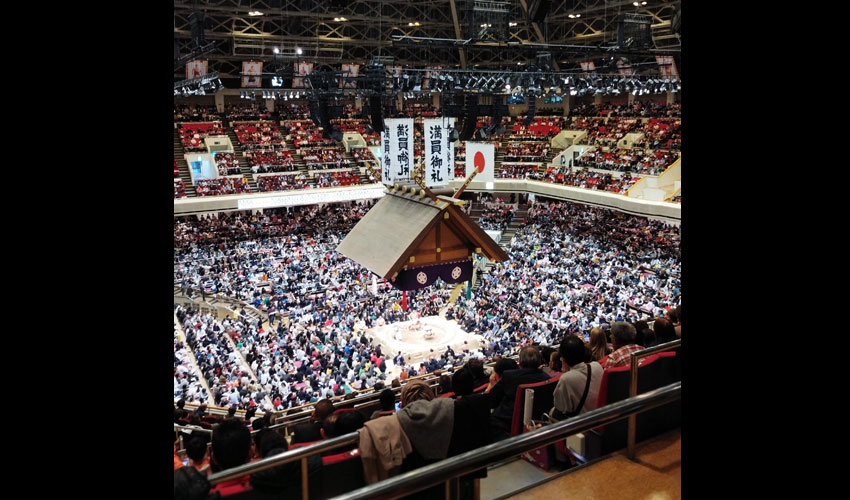
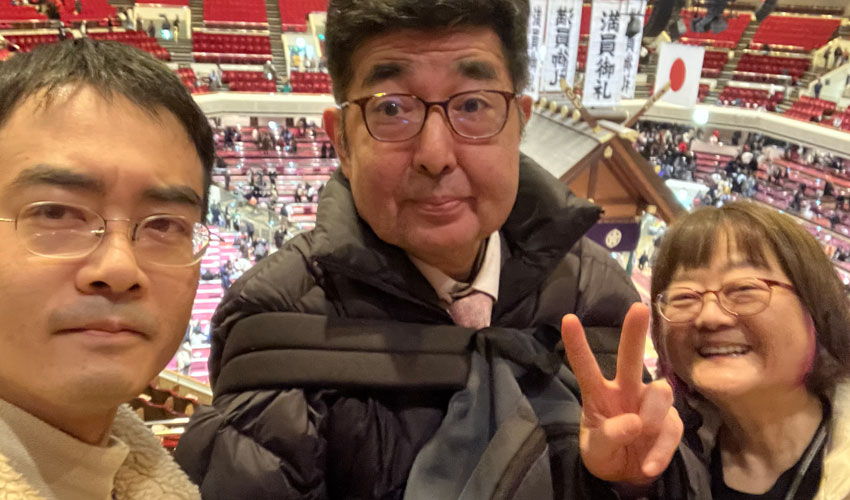
Thanks for Full House
Kokugikan can hold up to 10,000 people. When the seats are filled to capacity, a “Manin Onrei: thanks for a full house” banner is hung up. The excitement and powerful cheers at that moment are incredible.
The Noripy Exploration Team is also fully assembled.
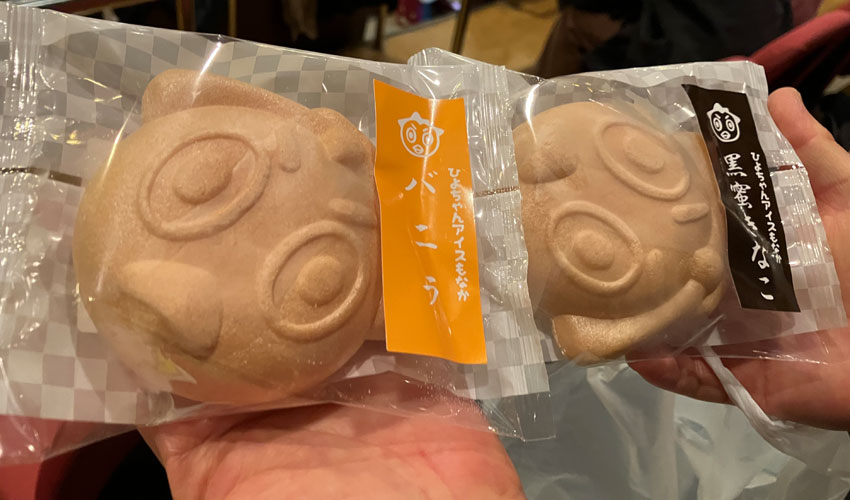
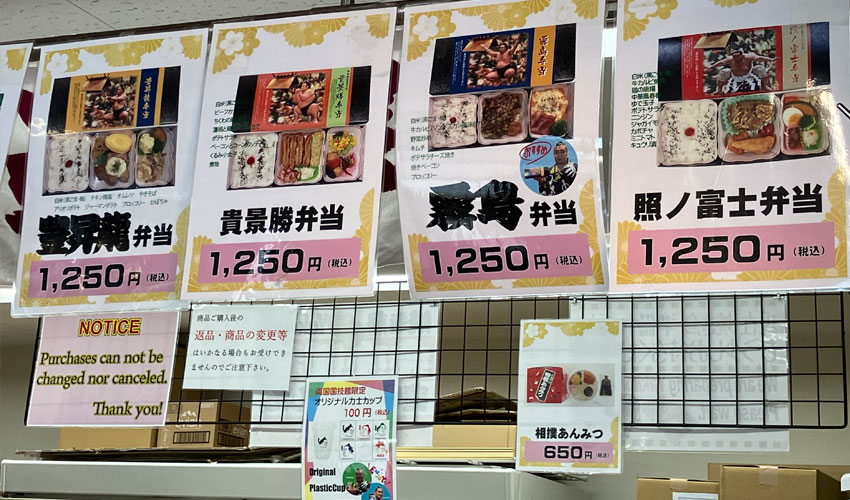
Bento and Snacks
The bento boxes sold inside the Kokugikan have sumo wrestler’s names on them. For those who want ice cream as a snack, I recommend the “Hiyochan” ice cream monaka.
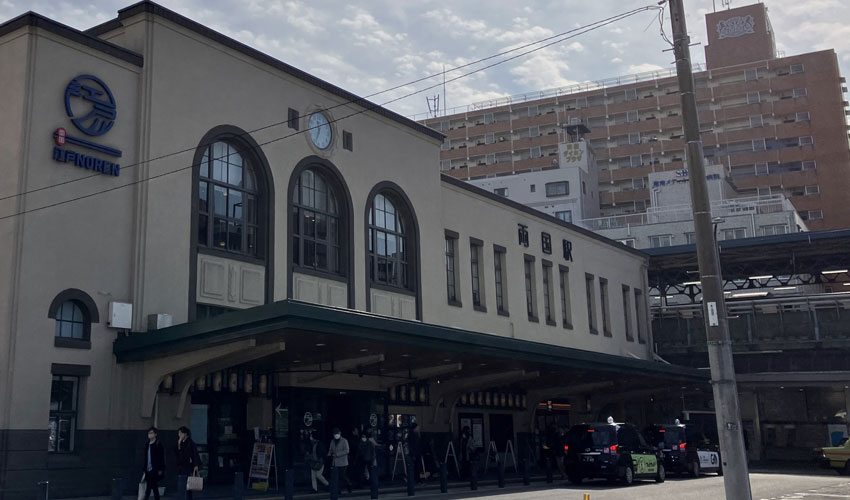
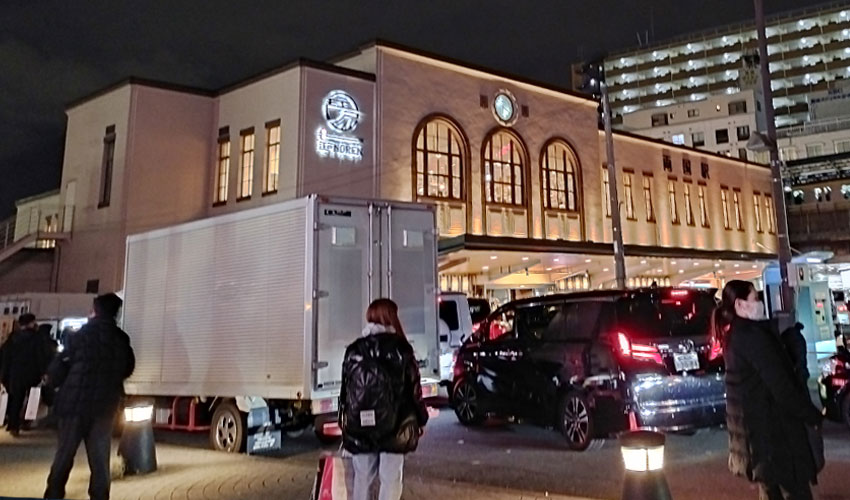
Ryogoku Station
Kokugikan is most accessible from JR Ryogoku station.
Next to it is “Edo Noren”, which houses stores and restaurants.
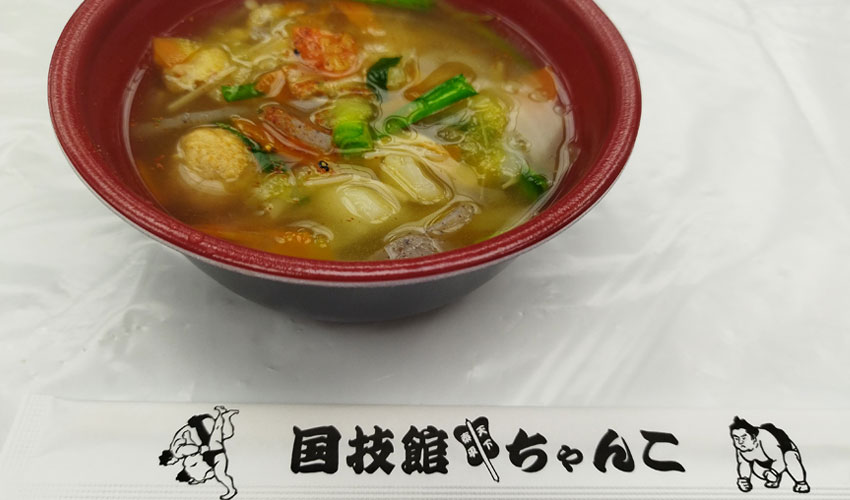
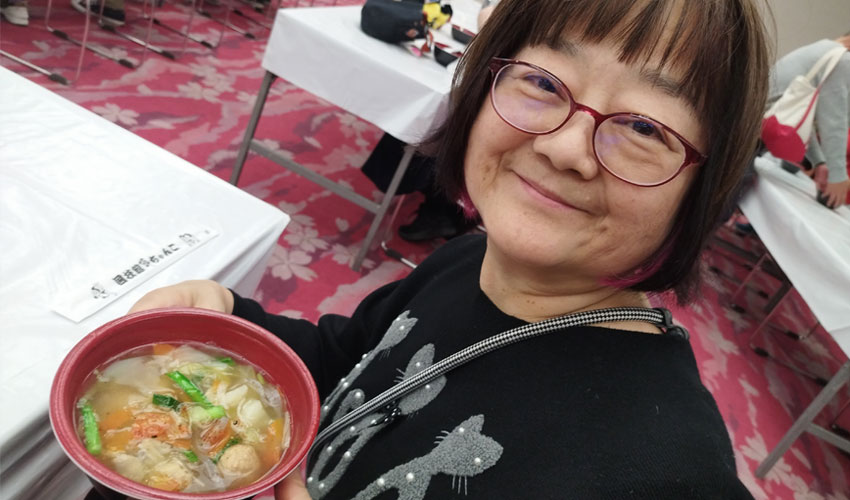
Foodie’s Delight!
Chanko-nabe is a hot-pot dish that Sumo wrestlers eat. It is full of nutrients. Today’s chanko I ate at the Kokugikan was “shio chanko (salt chanko).
Foodie, satisfied!
Comment